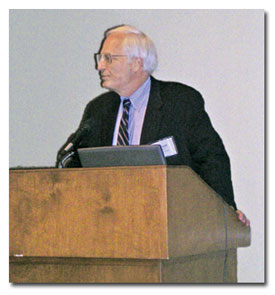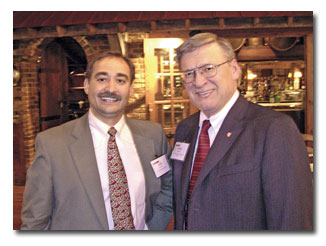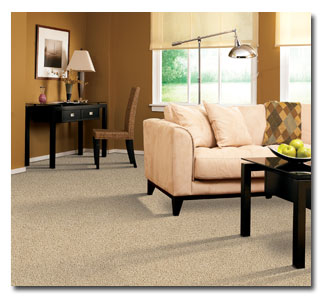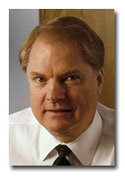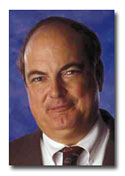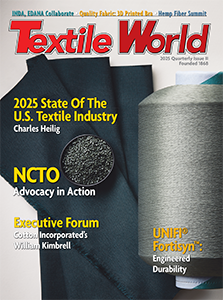M
arketing is more than making the sale. It’s a continuous process of creating and
maintaining relationships, and measuring results.
As a marketing professional, you should be implementing a cohesive marketing strategy that
helps you gain both market and customer share. Measuring marketing results can be trying, but it
sometimes can be as easy as asking questions such as, “Are the majority of our customers repeat
buyers or one-shot deals?”
Periodically — at least annually — review your marketing strategy to determine whether to
adopt a new one or perfect the one you have. Once you determine which strategy to implement, you
can better decide what tools you’ll use to reach your target audience and improve your
sales.
Market Share Strategy
The market share strategy is a straightforward plan to get a bigger piece of the pie than your
competitors. To grow market share, you have to change how you penetrate the market. For you to win
a sale, the customer has to perceive that your offering is of greater value than the competition’s.
To implement this strategy, first determine: What’s the target market? In what portion of
those target markets do you have a presence? How do these customers perceive the value of your
product versus your competition’s?
Armed with this information, you can develop new value propositions to meet customer needs,
develop access to customer segments you’re not reaching and improve communication with existing
customers.
Market Expansion
The market expansion strategy, as the name suggests, seeks to expand the size of your market.
For example, if you presently sell in a four-state area, you might consider expanding to five. To
implement this strategy, you need to make certain the new market includes your target audience and
that a new competitor won’t undercut your price or make entering the market difficult.
Market Segmentation
The market segmentation strategy concentrates on a subgroup of customers with a special product
or service need. Segmentation and specialization can be a good way to create more value for your
company. For example, if your competition has product strength but lacks in the areas of service or
repair, you may want to concentrate on the market segment that has an ongoing need for maintenance,
repair or spare parts.
Positioning Strategy
A positioning strategy is psychological. It’s designed to create and maintain a specific image
in the customer’s mind. This strategy is about how customers think and feel. It uses words and
images to create strong feelings and beliefs about the company and product or service, and it
requires a lot of brand building through advertising and marketing communications.
Developing a positioning strategy depends a great deal on how your competitors position
themselves. Do you want a “me too” strategy that positions you close to your competitors so
consumers can make a direct comparison when they purchase, or do you want to position yourself away
from the competition?
Product Life Cycle
The product life cycle strategy is driven by innovation and can apply to a brand or to a product
category. Its duration may be only a few months for a fad item, or a century or more for categories
like the gasoline-powered automobile.
Product life cycle stages include introduction, growth, maturity and decline. When the
product is introduced, advertising costs typically are high and sales are low until customers
become aware of the product and its benefits.
The growth stage is a period of rapid revenue growth. Sales increase as customers’ awareness
of the product and its benefits grows, and additional market segments are targeted.
The maturity stage is the most profitable. While sales continue to increase in this stage,
they do so at a slower rate. Because brand awareness is stronger, advertising expenditures are
reduced. But competition may result in decreased market share or prices, with similar products
limiting your ability to differentiate.
Eventually, sales begin to decline as the market becomes saturated, the product becomes
technologically obsolete, or customer tastes change. If the product has developed brand loyalty,
profitability may be maintained longer.
Critics of this strategy argue the product life cycle may become a self-fulfilling prophecy.
If sales peak and then decline, managers may conclude the product is in the decline phase and
therefore cut the advertising budget, thus precipitating a further decline.
Quality Strategy
To implement the quality strategy, you must be better than the competition in your customers’
eyes. You can deliver on the quality quotient in several ways — such as having a better design or a
more durable product, or offering more reliable service or faster delivery. Select one or two areas
where you know you are superior to the competition and implement a marketing strategy that
identifies these specific attributes.
Reminder Strategy
The reminder strategy is simple and communications-oriented. It targets regular, loyal customers
to remind them to make an additional or replacement purchase.
In light of the fact that the cost of selling to a new customer is five times greater than
for selling to an existing one, this strategy is fairly easy and inexpensive to implement. It can
be as simple as a letter or postcard reminder that it’s time for an upgrade or replacement. You
might also consider an incentive or reward for your best customers who refer business your
way.
Simplicity Strategy
The simplicity strategy emphasizes customer convenience. Businesses and consumers these days
often are overwhelmed with the complexity and choices of goods and services available to them, with
products full of functions and features that only a small number of users will ever use.
July/August 2006


